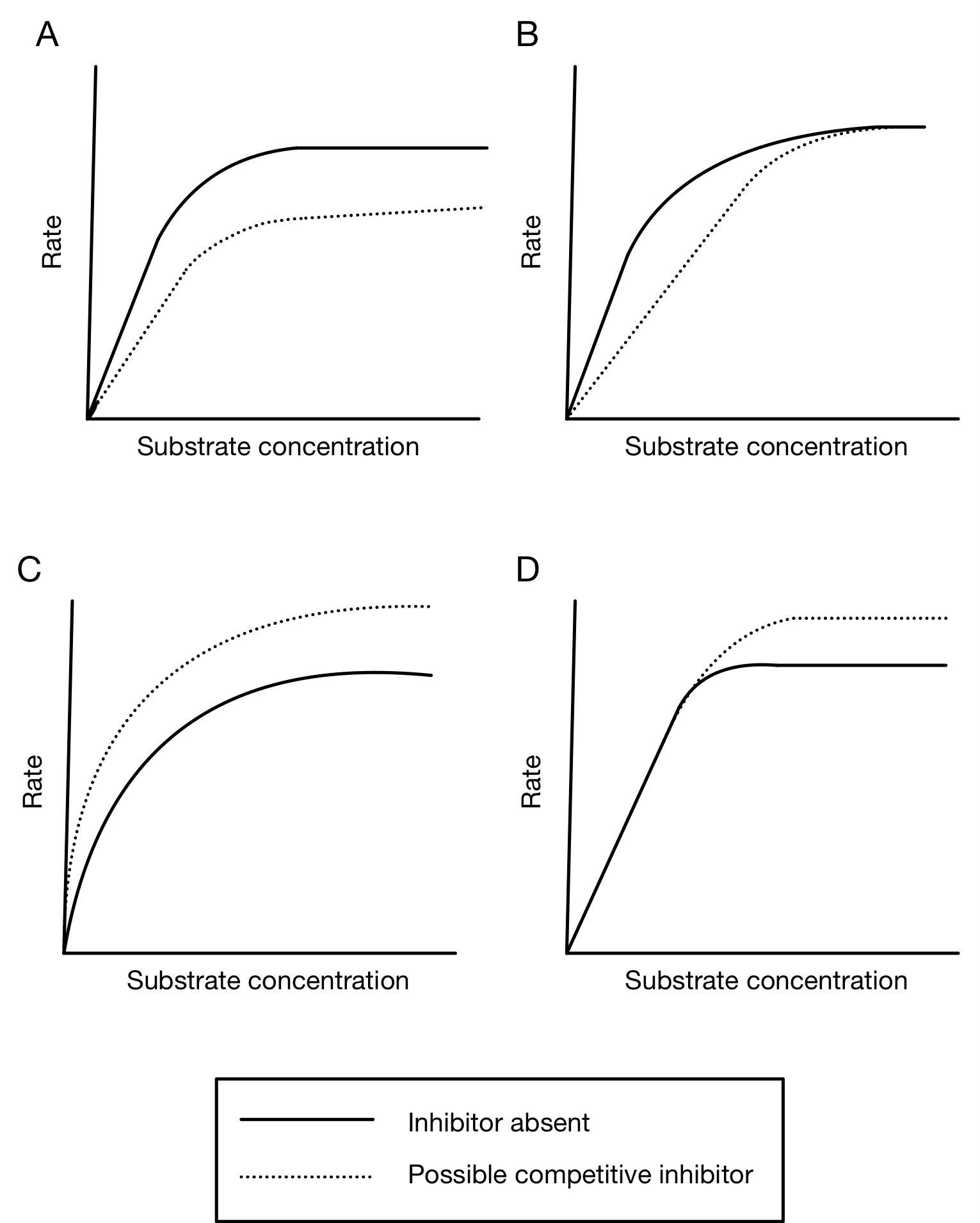Which of the options below refers to the features of catabolism?
E xergonic, condensation reaction, an example is polypeptide synthesis
Endergonic, hydrolysis reaction, an example is respiration
Endergonic, condensation reaction, an example is photosynthesis
Exergonic, hydrolysis reaction, an example is deamination
Did this page help you?























